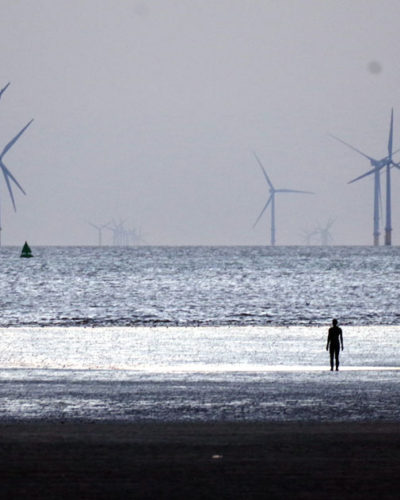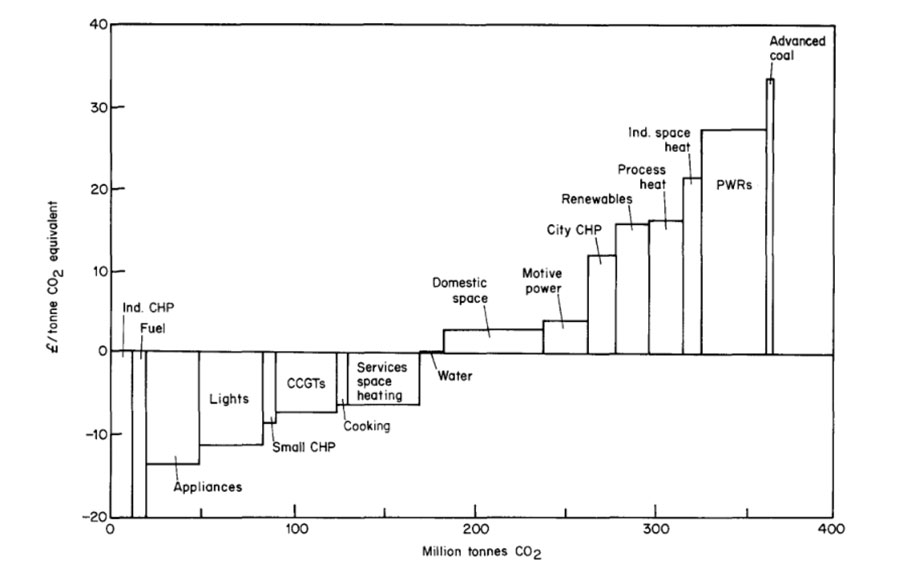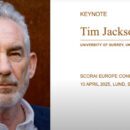
Image: Donald Judge / flickr.com (CC-BY 2.0)
Research | The Costs of Mitigating Climate Change
Back in 1988, close to the start of Tim’s career, he was working in London for a small environmental consultancy serving the needs of environmental lobby groups like Friends of the Earth (FoE). It was just at the point when the UK government had launched an inquiry into building a third reactor at Hinkley Point in Somerset. It was also shortly after Margaret Thatcher had gathered the first high-level meeting of climate scientists in Downing St. Surely if we wanted to tackle climate change, it was time to ramp up our nuclear capacity and get rid (finally) of coal? Or so the reasoning went.
Those like FoE, less convinced by Hinkley C, wanted to instil some economic logic into the rush for an expanded nuclear programme, so Tim was commissioned to look into the relative merits of different ways to tackle climate change. How much would it cost to meet our climate change targets? Given all the potential technologies for reducing greenhouse gas emissions, was nuclear power really the best way to spend scarce investment funds.
This was eighteen years before the Stern Review of the economics of climate change and there was no off-the-shelf methodology, so Tim developed one. He called it ‘least-cost greenhouse planning’. Borrowing from an earlier concept of least-cost energy planning he calculated the incremental abatement costs associated with many different technologies: energy efficiency in different sectors, wind power, solar power, combined cycle gas turbines, and yes, nuclear power. He also made an assessment of how much each technology could contribute to greenhouse gas abatement. The result was the UK’s first marginal abatement cost curve (MACC) for carbon. It looked something like this:

Figure: The UK’s first MACC curve for carbon (Source: Jackson 1991)
It showed pretty convincingly that nuclear power was more or less the last thing you would do if you wanted to reduce greenhouse gas emissions in a cost-effective manner. The Inspector at Hinkley Point agreed and the inquiry effectively put a moratorium on nuclear power for over twenty years. Its recent reversal is infamous for having completely ignored the soaring economic costs of the newly awarded contract at Hinkley Point.
But the idea of the cost curve somehow stuck. Picked up first by the UNEP collaborating centre for climate change during the 1990s, who standardised the methodology and refined the language, the MACC was popularised by the business consultancy McKinsey and has become the staple means of addressing the relative cost-effectiveness of different climate change mitigation options.
Further reading
Jackson, T 1991. Least Cost Greenhouse Planning—supply curves for global warming abatement, Energy Policy, vol 19(1), pp35-46.
Jackson, T 2021: Zero Carbon Sooner—The case for an early zero carbon target for the UK. CUSP Working Paper No 29. Guildford: University of Surrey.







